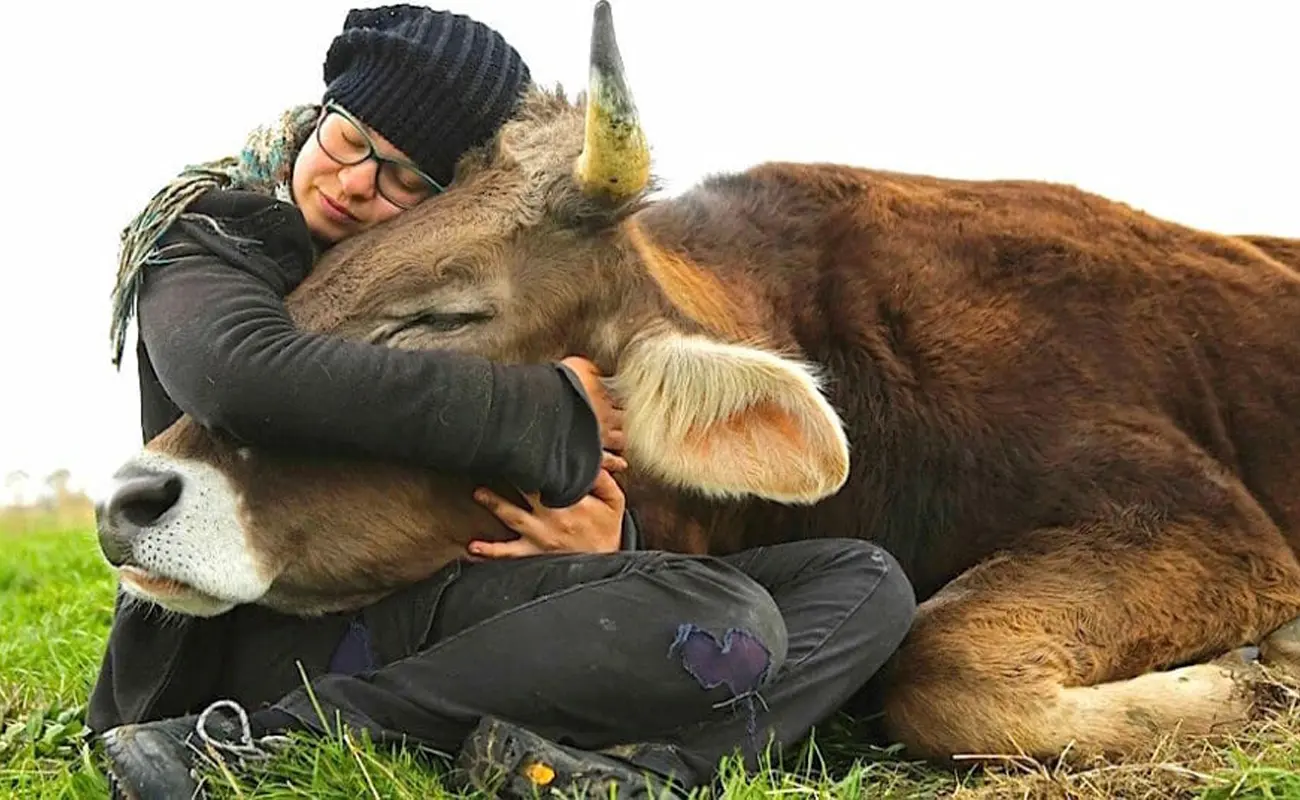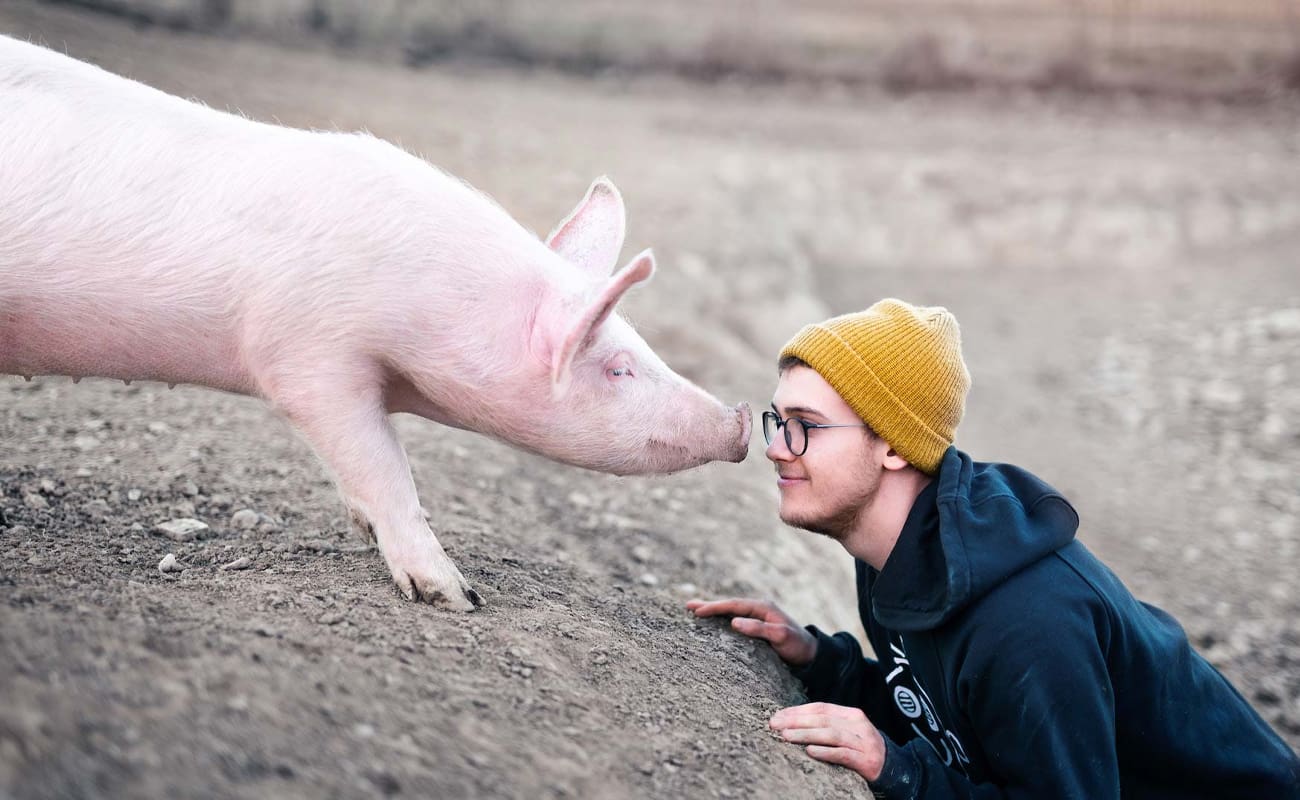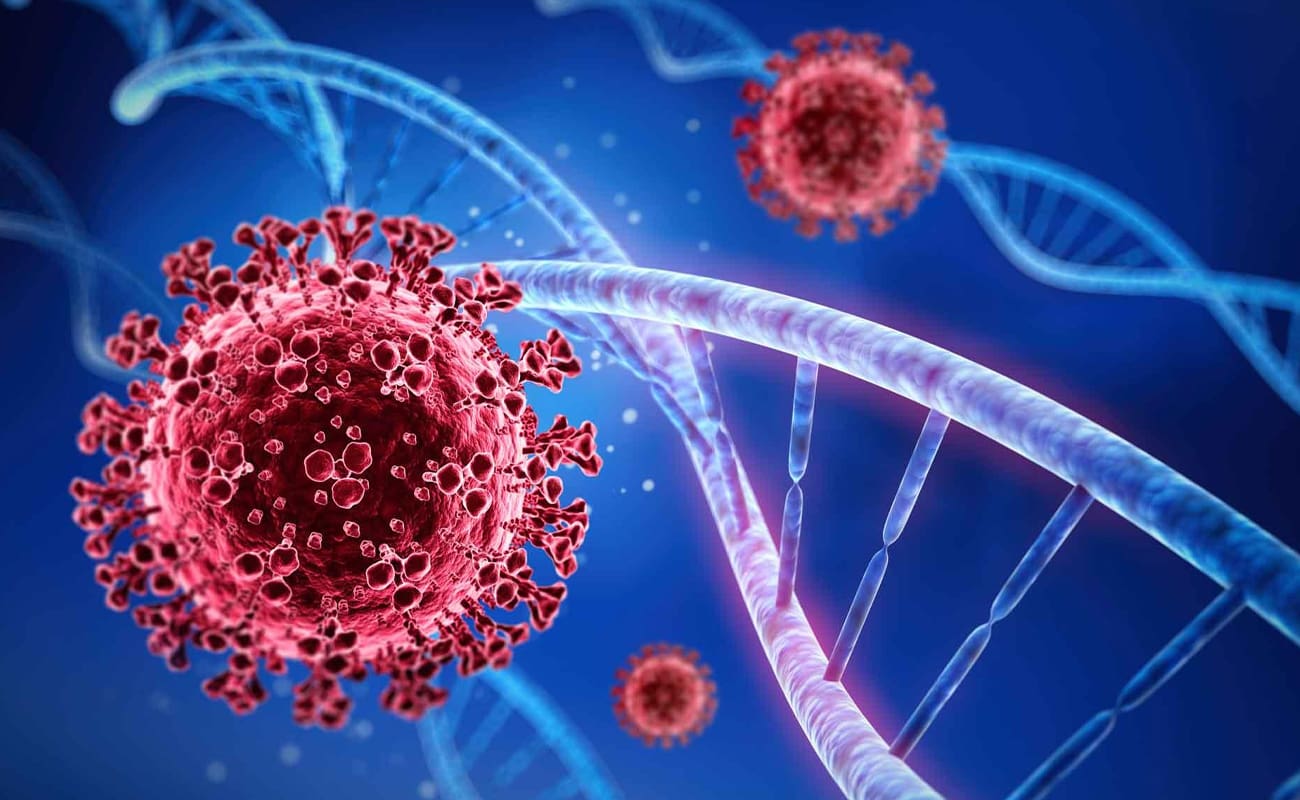The human–animal relationship is one of the oldest and most complex dynamics in human history—shaped by empathy, utility, reverence, and, at times, domination. This category explores the deeply interconnected bond between humans and animals, from companionship and cohabitation to exploitation and commodification. It asks us to confront the moral contradictions in how we treat different species: cherishing some as family members while subjecting others to immense suffering for food, fashion, or entertainment.
Drawing from fields like psychology, sociology, and public health, this category uncovers the ripple effects of animal mistreatment across human society. Articles highlight alarming correlations between animal cruelty and child abuse, the desensitizing impact of violence in industrial systems, and the erosion of empathy when compassion is selectively applied. It also explores how veganism and ethical living can rebuild compassionate connections and foster healthier relationships—not just with animals, but with each other and ourselves. Through these insights, the category shows how our treatment of animals mirrors—and even influences—our treatment of fellow humans.
By reexamining our relationship with animals, we open the door to a more compassionate and respectful coexistence—one that honors the emotional lives, intelligence, and dignity of nonhuman beings. This category encourages empathy-driven change by highlighting the transformative power of recognizing animals not as property or tools, but as fellow sentient beings with whom we share the Earth. True progress lies not in domination, but in mutual respect and ethical stewardship.
The relationship between animal cruelty and child abuse is a topic that has garnered much attention in recent years. While both forms of abuse are disturbing and abhorrent, the connection between them is often overlooked or misunderstood. It is important to recognize the link between animal cruelty and child abuse, as it can serve as a warning sign and an opportunity for early intervention. Research has shown that individuals who commit acts of violence against animals are more likely to also perpetrate violence against humans, particularly vulnerable populations such as children. This raises questions about the underlying causes and risk factors for both forms of abuse, as well as the potential ripple effect on society as a whole. This article will delve into the complex relationship between animal cruelty and child abuse, exploring the prevalence, warning signs, and potential implications for prevention and intervention. By examining this connection and shedding …











